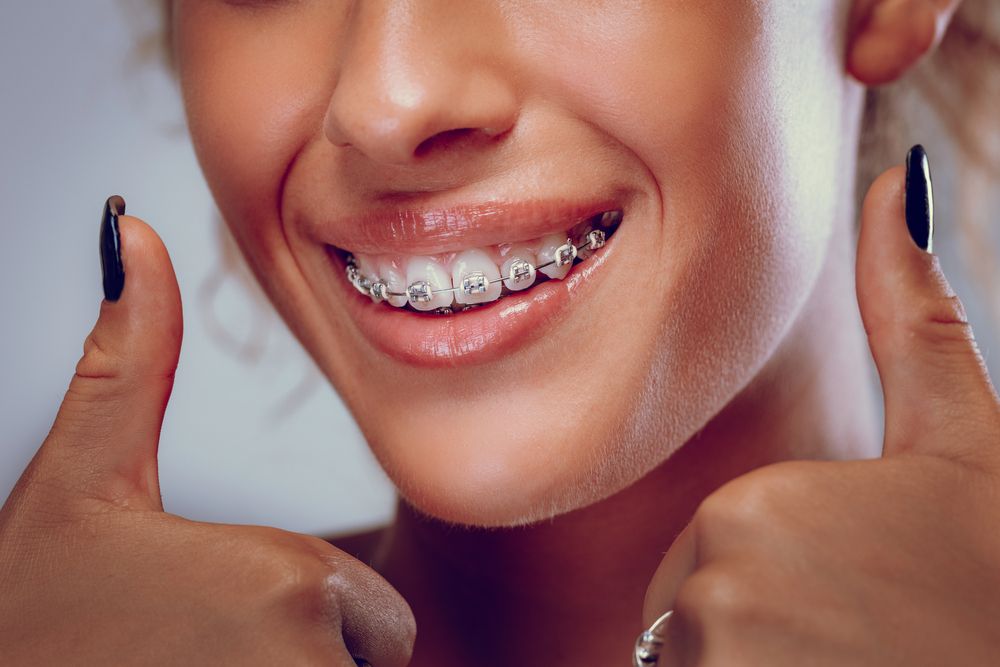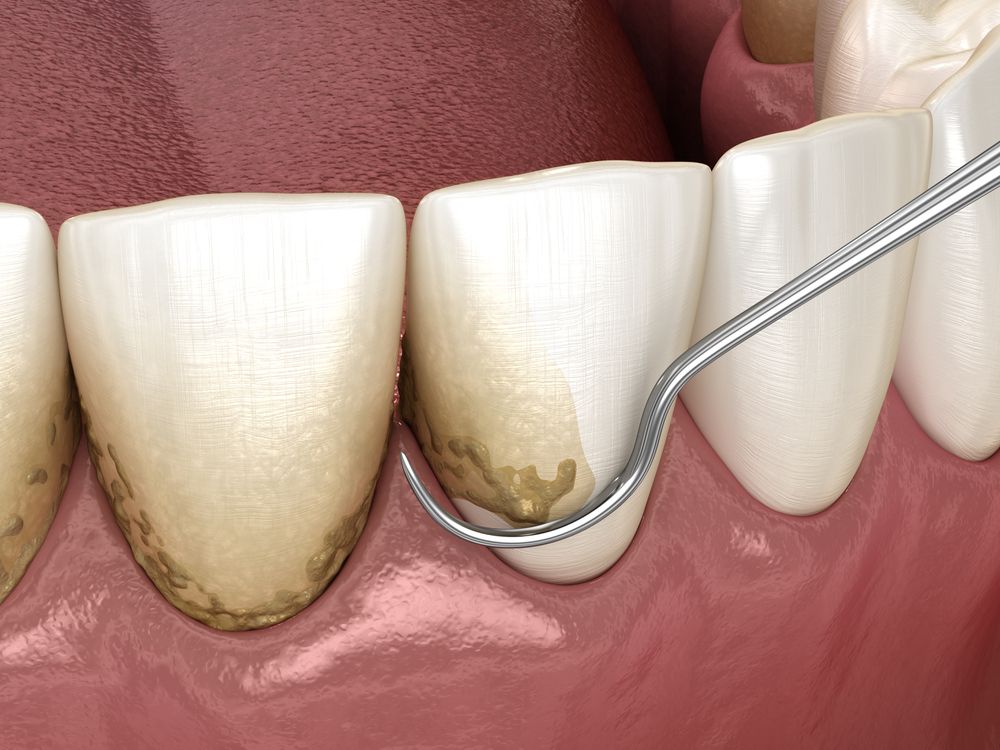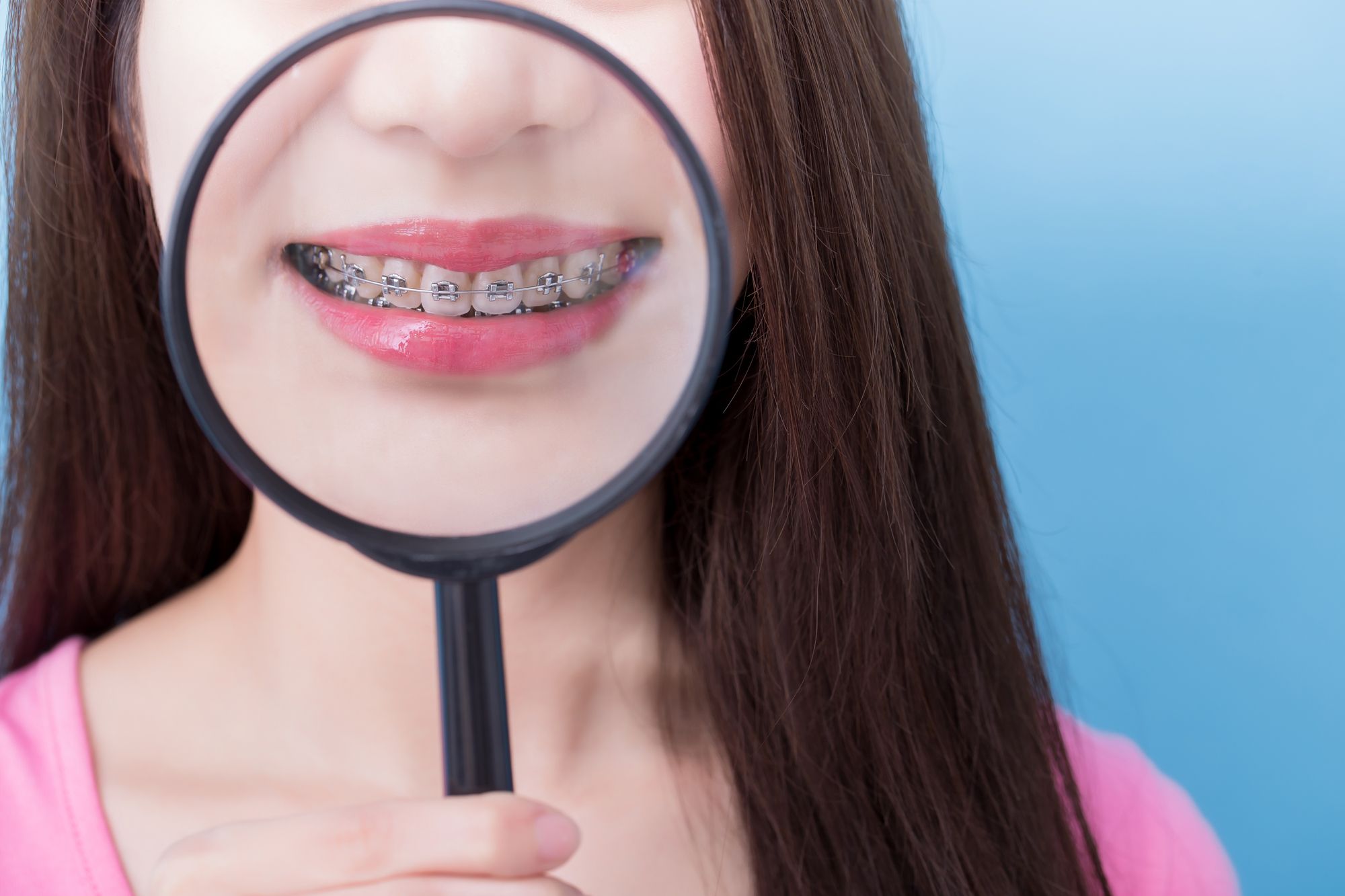5 Incredible Advances in Orthodontic Technology
According to our Tomball orthodontist, smile-straightening treatments have come a long way from the days of clunky metal braces and headgear. Thanks to advances in orthodontic technology, achieving a perfect smile is now easier, faster, and more comfortable than ever before.
If you’d like to learn more about the tremendous advances in orthodontic technology, contact Dr. Wint Tun at Harmony Orthodontics. Our 5-star provider can help you explore modern solutions to treat age-old problems, like dental crowding and misalignments. So, don’t wait – contact our Tomball, TX, orthodontist at (832) 699-3683 to experience the future of straighter smiles yourself!
Ready to dive into five incredible breakthroughs that are transforming the world of orthodontics? Let’s go!
1. Clear Aligners: The Invisible Hero
Remember when braces were a rite of passage marked by metal wires and brackets? Well, those days are long gone, thanks to the magic of clear aligners. Advances in orthodontic technology have given us these nearly invisible trays that straighten teeth without anyone noticing.
Made from soft, comfortable plastic, clear aligners are computer-designed to fit your teeth perfectly, gradually guiding them into proper orientation. But they’re not just comfortable – they’re convenient, too! These removable trays make eating, brushing, and flossing a snap for both teens and adults.
2. 3D Printing: Precision and Customization
Advances in orthodontic technology have embraced three-dimensional printing to produce custom braces, aligners, and even retainers with a level of precision that was previously unimaginable. This technology not only improves the fit and comfort of orthodontic appliances but also speeds up the treatment process.
3. Smart Braces: The Future is Here
Say goodbye to the days of monthly adjustments and tightening sessions! Smart braces are here to revolutionize your orthodontic experience. These high-tech braces come equipped with tiny sensors that monitor the progress of your treatment and transmit data to your orthodontist.
Advances in orthodontic technology have enabled these smart systems to make real-time adjustments, reducing the need for frequent office visits and ensuring that your teeth are moving according to plan.
4. Digital Scanners: Say Cheese!
Digital scanners are a game-changer in the world of orthodontics. These handheld devices capture detailed images of your teeth and gums in a matter of seconds. As a result, Dr. Tun can diagnose issues more accurately and develop effective treatment plans for every patient.
5. Accelerated Orthodontics: Speeding Up Your Smile
Waiting years for a perfect smile is so last century. With advances in orthodontic technology, techniques, and devices, teeth can move faster and more precisely. Subsequently, accelerated orthodontics allows patients to achieve their desired results in a fraction of the time.
Explore Advances in Orthodontic Technology with Dr. Tun
Orthodontics has undergone a remarkable transformation thanks to these advances in orthodontic technology. From clear aligners and 3D printing to smart braces, digital scanners, and accelerated treatments, achieving a beautiful, healthy smile has never been more accessible or efficient.
So, if you’ve been putting off that visit to the orthodontist, now’s the time to contact Dr. Wint Tun at Harmony Orthodontics. Schedule an appointment online, or talk to our friendly team in Tomball, TX, at (832) 699-3683 for more information and scheduling.









